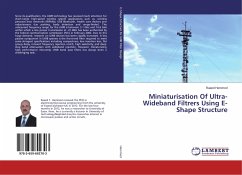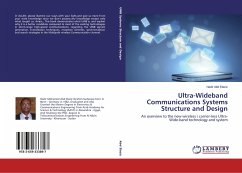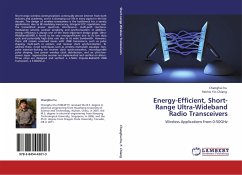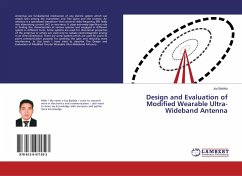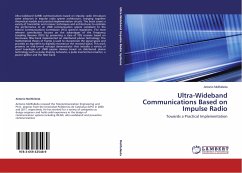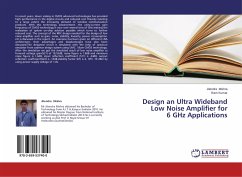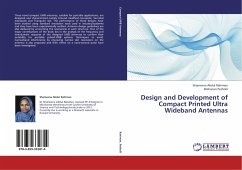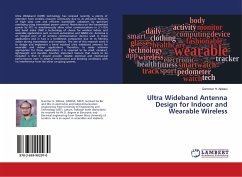Since its qualification, the UWB technology has received much attention for short-range high-speed wireless system applications such as, wireless personal area networks (WPANs), USB Bluetooth, health care devices and radar/sensors (car parking, body detection and range-finder). The unlicensed frequency range for the UWB is between 3.1 GHz and 10.6 GHz within which a low power transmission at -41 dBm has been authorized by the federal communication commission (FCC) in February 2002. Due to this huge demand, research on UWB devices has been rapidly increased. A key passive component in UWB systems is the front-end filter required to meet some stringent specifications including compactness, low insertion loss, flat group delay, in-band frequency rejection notch, high selectivity, and deep stop band attenuation with wideband rejection. However, miniaturizing high performance microstrip UWB band pass filters has always been a challenging task.
Bitte wählen Sie Ihr Anliegen aus.
Rechnungen
Retourenschein anfordern
Bestellstatus
Storno

